Brazilian farmers in top soya state Mato Grosso signed a memorandum of understanding with the Panama Canal Authority to evaluate ways to cut transportation costs and boost Brazilian grain volumes using the waterway, the authority's chief administrator said. The canal's administration is looking to increase its participation in rising Brazilian grain exports, since a large part of grain trade expansion in Brazil is via new terminals in the northern part of the country, which are closer to the canal.
"We started to exchange information, ideas, with the Aprosoja association to explore possibilities on cargoes leaving Brazil's northern ports and using the Panama Canal to reach Asian markets," Jorge Luis Quijano, the canal's chief administrator, told Reuters by phone. Aprosoja is the entity representing soya and corn producers in Mato Grosso. Quijano was in Cuiabo, the state's capital, for the signing.
Only about 2 million tonnes of Brazilian soya went through the canal last year, out of annual soya exports of around 60 million tonnes. Brazil is the largest exporter of the oilseed. Most of Brazil's grain exports are shipped via the Atlantic Ocean, passing by the Cape of Good Hope, to reach China and Japan. But capacity expansion in the northern ports and increased soya and corn production in the center-west might change that.
"We have studies showing that vessels coming from North Brazil and going to destinations like Yokohama could save up to five days using the expanded Panama Canal," Quijano said. He said the draft of the canal's Panamax locks is similar to that of the Amazon ports. Brazil's northern ports increased shipments of grain volumes by 80 percent in 2017, according to government data, and already account for around 40 percent of total Brazilian grain exports.
Besides soyabeans, Brazil has become a very large corn exporter. Large commodities traders such as Bunge, ADM and Louis Dreyfus have built operations in the northern ports and are planning to increase exports from the region.
BR100
15,100
Increased By
41.1 (0.27%)
BR30
43,391
Increased By
460 (1.07%)
KSE100
148,931
Increased By
115.3 (0.08%)
KSE30
45,223
Increased By
16.4 (0.04%)


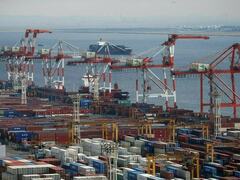


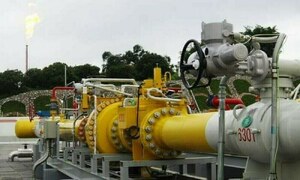
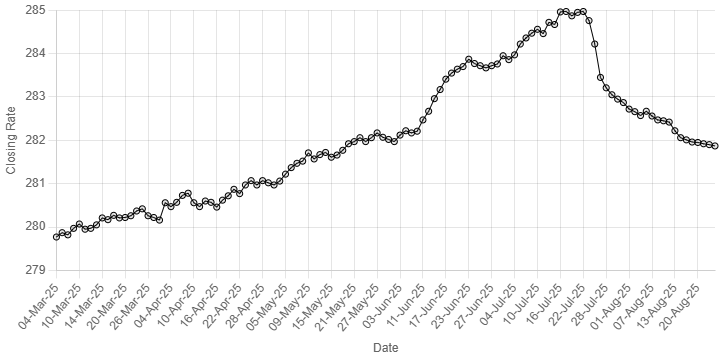
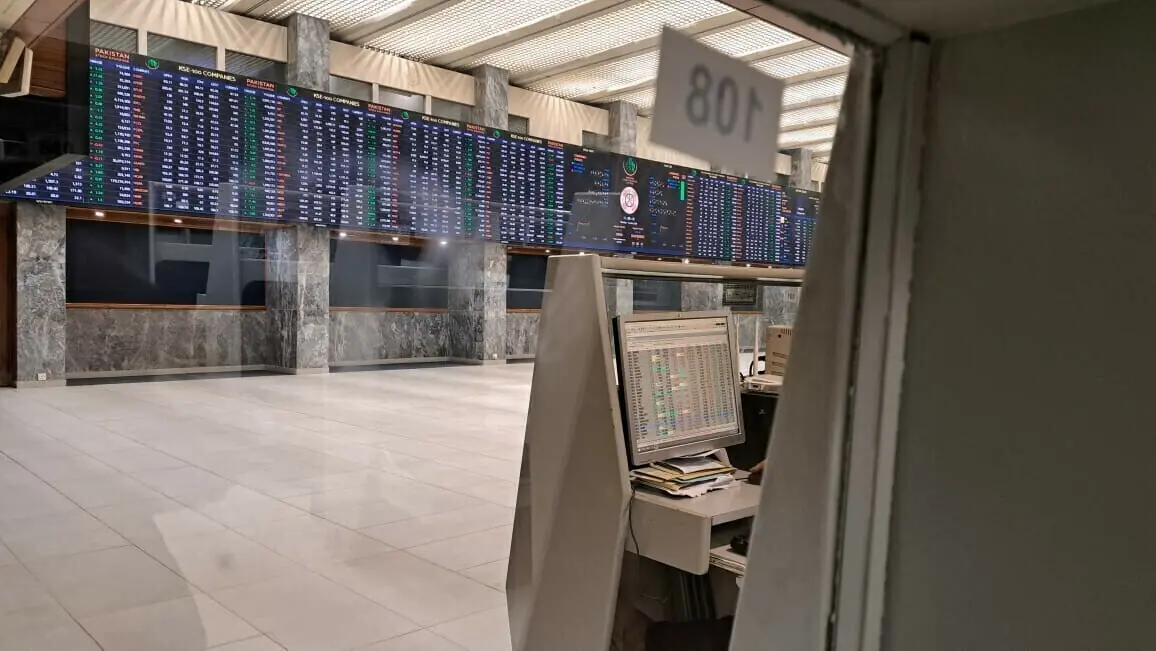
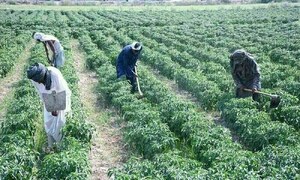

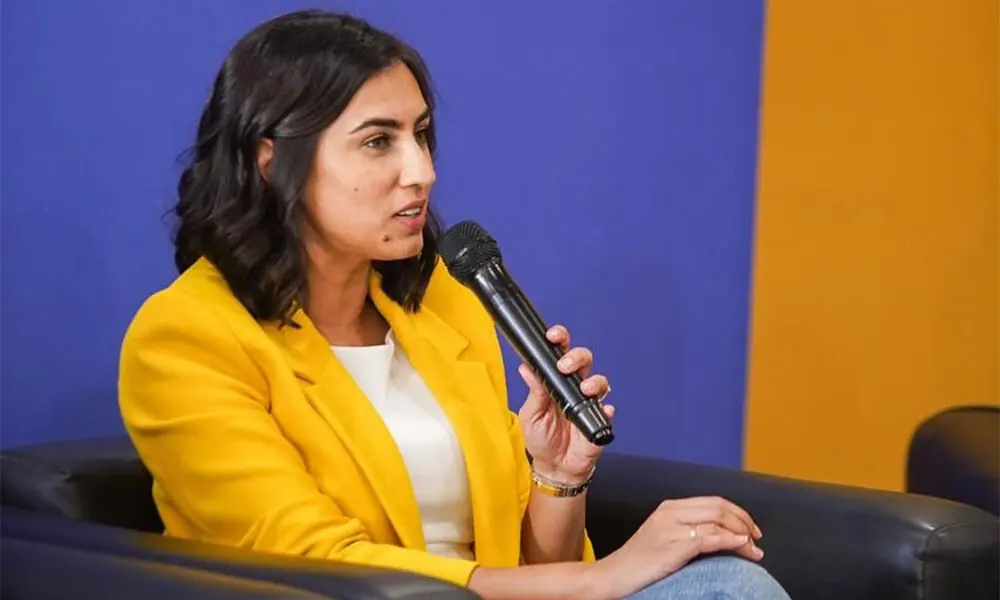
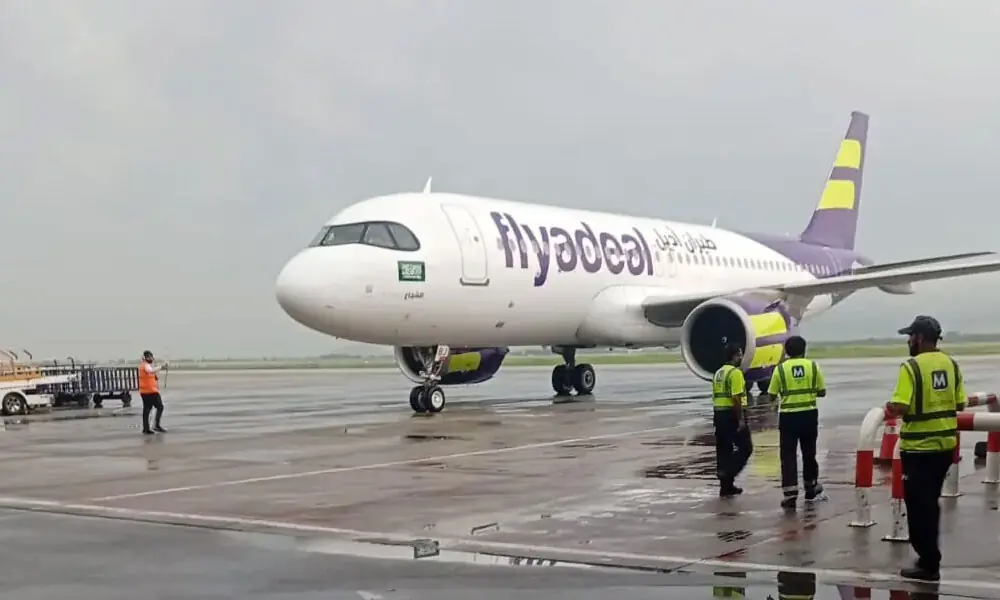

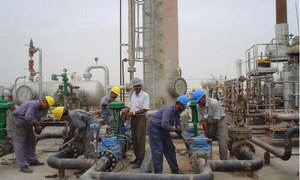

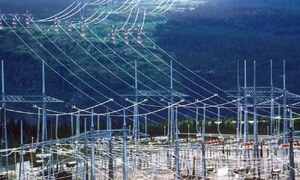




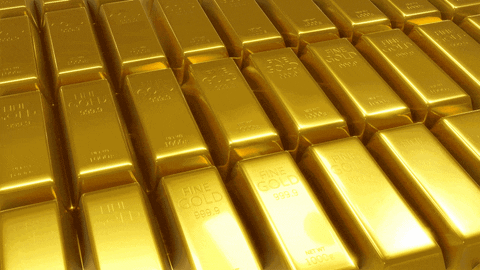
Comments
Comments are closed.